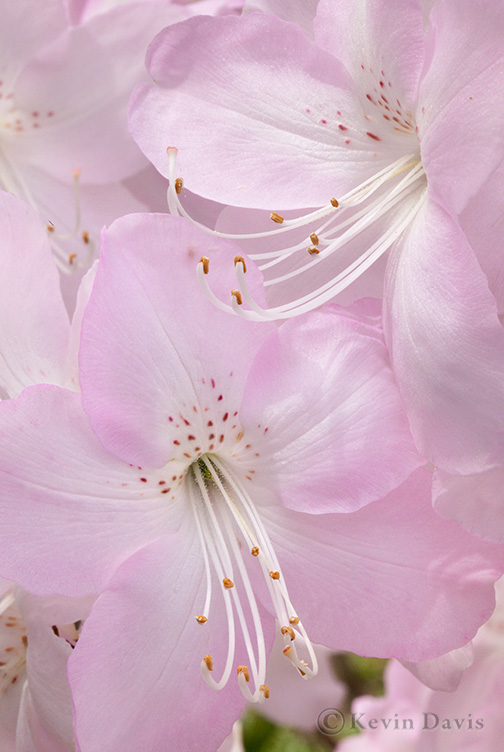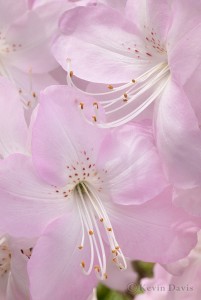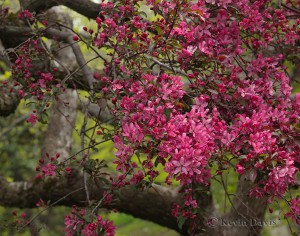From California to Georgia, there are a dozen notable St.Patrick’s Day parades that are staged annually in the United States. But the mac daddy of them all occurs in South Boston. In 1737 the Irish Society of Boston hosted the first parade to honor St. Patrick’s Day. Today, this parade can draw a crowd of spectators numbering more than 800,000. You won’t find big expensive floats like the Rose Bowl Parade or Macy’s Thanksgiving Parade, but come on now … the Irish are bit more down to earth. This parade is a casual affair. People have fun.
Above all else, anyone thinking of attending this event should be aware of one thing … don’t expect to find a parking space! Take public transportation. Parking in Southie is a scarce on normal days; but when the parade route is cleared of all parked vehicles, those displaced vehicles (belonging to local residents) fill every available nook and crany.
The light was a bit challenging this year … bright sun and deep shadows. In such situations, a little fill-flash is often the solution to reducing unwanted facial shadows. Though I had a flash in my bag, I neglected to use it because it has been quite some time since I have done a shoot in this light. This means a lot more work in post-processing to recover the shadow details (not something I really want to do if I can avoid it.)
(click on an image to see a larger view)








